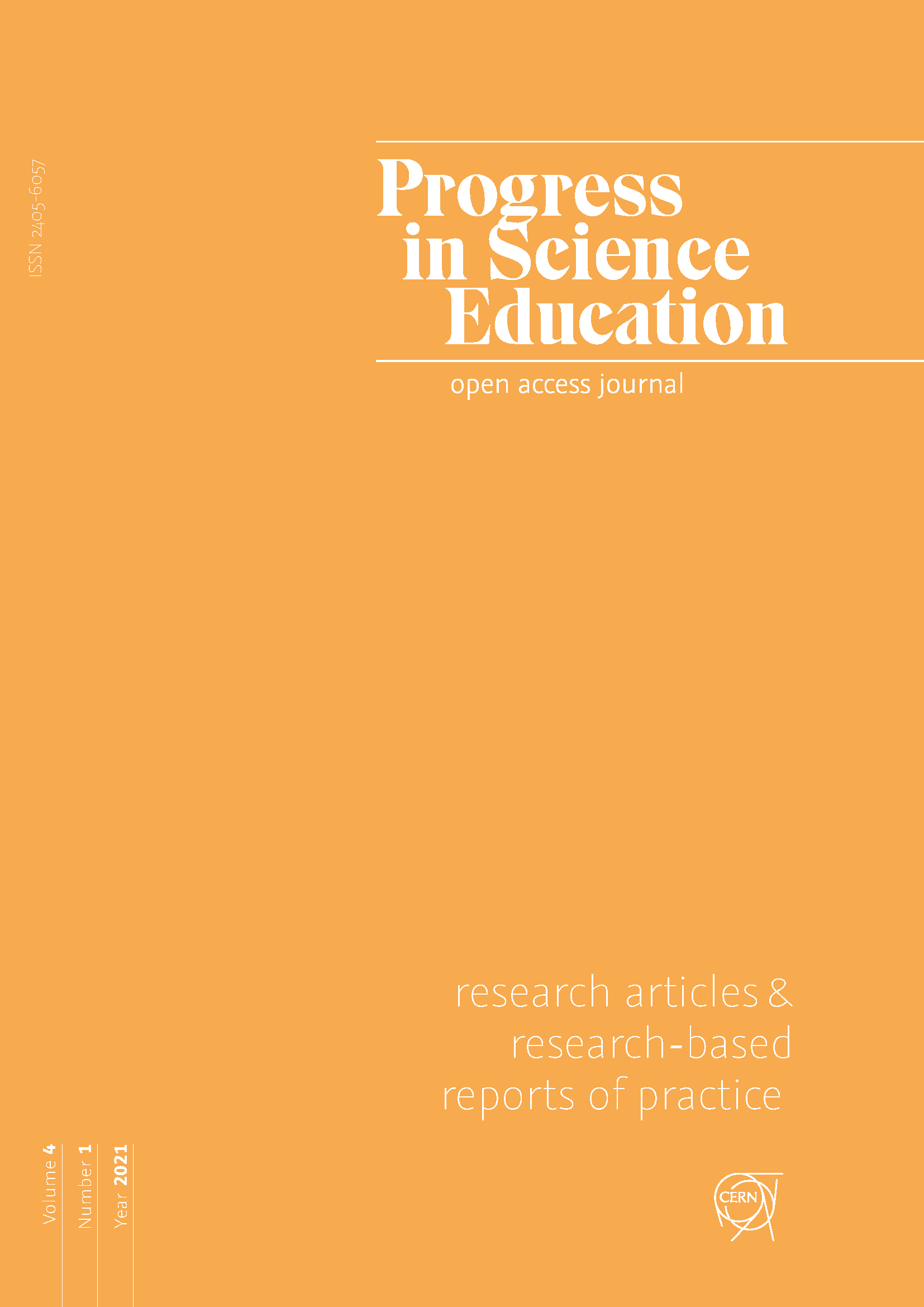Choosing an elective - What impact do scientific profile classes have?
DOI:
https://doi.org/10.25321/prise.2021.1002Keywords:
Electives, Profile Classes, Secondary School, Scientific Interest, Motives for ChoiceAbstract
Background: With 263,000 vacant jobs in the MINT sector, there is currently a shortage of specialists in Germany. Concurrently, schools report a decrease in scientific interest, particularly noticeable in lower secondary school, as many students choose to take non-science subjects. However, there are a few teaching models that can promote scientific interest and choice: Science profile classes (5th – 7th grade) are one possibility to compensate.
Purpose: We aim to examine the effectiveness of using a teaching model that contains profile classes. This will be assessed by investigating which elective students chose after 7th grade, accompanied by exploring influencing factors.
Sample/Setting: The sample consists of a total of 83 students in 7th grade (13 years old), where students either attended a science profile class or a regular class (n = 55, 29 male/25 female/1 non-binary; n = 28, 15 male/13 female, respectively) at two Gymnasien in North Rhine-Westphalia, Germany.
Design Methods: At the end of 7th grade, students answered a questionnaire including items on scientific interest, ability self-concept and motives for choosing an elective.
Results: There were no significant effects on elective choice between profile classes and regular classes (χ²(1)=0.508, p = 0.476) nor between genders (χ²(1)=0.163, p = 0.687). However, the factors utility value and ability self-concept have a significant influence on elective choice.
Conclusions/Implications for classroom practice and future research: This study provides the first attempt to identify what motivates secondary school students to choose an elective. Although we have determined a target group of students to promote science, our study concluded that science profile classes have no effect on elective choice. Future studies should further develop the curriculum and teaching method to effectively promote students’ interests.
Downloads
Published
Issue
Section
License
Copyright (c) 2020 The Author/s

This work is licensed under a Creative Commons Attribution-NonCommercial-ShareAlike 4.0 International License.
Authors who publish with this journal agree to the following terms:
- Authors retain copyright and grant the journal right of first publication with the work simultaneously licensed under a Creative Commons Attribution License that allows others to share the work with an acknowledgement of the work's authorship and initial publication in this journal. The applicable licence is https://creativecommons.org/licenses/by-nc-sa/4.0/, which means
You are free to:
Share — copy and redistribute the material in any medium or format
Adapt — remix, transform, and build upon the material under the following terms:
Attribution: You must give appropriate credit, provide a link to the license, and indicate if changes were made. You may do so in any reasonable manner, but not in any way that suggests the licensor endorses you or your use.
NonCommercial: You may not use the material for commercial purposes.
ShareAlike: If you remix, transform, or build upon the material, you must distribute your contributions under the same license as the original.
Authors are able to enter into separate, additional contractual arrangements for the non-exclusive distribution of the journal's published version of the work (e.g., post it to an institutional repository or publish it in a book), with an acknowledgement of its initial publication in this journal.
Authors are permitted and encouraged to post their work online (e.g., in institutional repositories or on their website) prior to and during the submission process, as it can lead to productive exchanges, as well as earlier and greater citation of published work (see The Effect of Open Access).

